Home>diy>Building & Construction>What Does CPM Mean In Construction


Building & Construction
What Does CPM Mean In Construction
Modified: December 7, 2023
Discover the meaning of CPM in construction and how it impacts building projects. Gain insights into this essential term in the world of building-construction.
(Many of the links in this article redirect to a specific reviewed product. Your purchase of these products through affiliate links helps to generate commission for Storables.com, at no extra cost. Learn more)
Introduction
Construction Project Management (CPM) plays a crucial role in the successful execution of building projects. It is a comprehensive approach that encompasses planning, scheduling, coordination, and monitoring of all aspects of a construction project, from inception to completion. CPM helps streamline operations and ensures timely delivery, cost efficiency, and quality control. In this article, we will explore the meaning, history, purpose, components, and challenges associated with CPM in construction.
When it comes to construction projects, time is of the essence. Delays can result in cost overruns, disruptions to other projects, and dissatisfaction among stakeholders. This is where CPM comes into play, as it offers a systematic and strategic approach to project management, ensuring that all tasks are completed efficiently and in a timely manner.
By utilizing CPM techniques, construction professionals can effectively plan and organize their projects, achieving optimal resource allocation, efficient scheduling, and improved communication among team members. Additionally, CPM enables project managers to identify potential bottlenecks, conflicts, and risks, allowing them to proactively address these issues and enhance project outcomes.
Over the years, CPM has evolved into a widely adopted method in the construction industry, revolutionizing the way projects are managed. Its inception can be traced back to the 1950s, when it was first developed to address the complex challenges faced by large-scale projects such as the construction of the Hoover Dam.
Before the introduction of CPM, construction projects were managed using traditional methods, which often resulted in inefficiencies and delays. The emergence of CPM brought about a paradigm shift, emphasizing a more systematic and data-driven approach to project management.
Today, CPM is regarded as a fundamental tool for construction project management, utilized by professionals across various sectors of the industry. Its significance lies in its ability to provide a structured roadmap for project execution, enabling better coordination, collaboration, and decision-making.
In the following sections, we will delve deeper into the meaning of CPM, its history, purpose, components, the role of scheduling software, and the challenges faced in implementing it effectively.
Key Takeaways:
- CPM in construction revolutionized project management by optimizing resource allocation, enhancing communication, and proactively addressing risks, ultimately leading to efficient project planning and successful execution.
- Despite its benefits, CPM faces challenges such as complexity, uncertainty, and technology adoption. Proactive risk management, effective communication, and embracing technology are crucial for overcoming these challenges and maximizing the benefits of CPM.
Definition of CPM in Construction
Construction Project Management (CPM) is a comprehensive approach that involves the planning, scheduling, coordination, and monitoring of all activities and resources required to complete a construction project successfully. It is a project management method that aims to optimize project outcomes by effectively managing time, cost, quality, and resources.
At its core, CPM is focused on establishing a clear and realistic project schedule while ensuring that all tasks are completed in a logical sequence. It provides a systematic framework for project managers to identify and allocate resources, set realistic timelines, and monitor progress throughout the project lifecycle.
CPM in construction involves breaking down a project into smaller tasks and determining the interrelationships between them. This is achieved through the use of critical path analysis, a method that identifies the longest chain of dependent activities within a project. The critical path represents the minimum time required to complete the project, and any delays along this path will directly impact the project’s overall duration.
By utilizing CPM techniques, construction professionals can evaluate the impact of changes in project scope, resource availability, and task dependencies. This allows them to make informed decisions and adjustments to keep the project on track and within budget.
CPM also plays a crucial role in risk management within construction projects. Through careful analysis and consideration of potential risks, project managers can develop contingency plans and mitigate adverse impacts on the project’s timeline and budget.
Overall, CPM in construction serves as a roadmap for project managers, guiding them through the entire project lifecycle from initiation to completion. It provides a structured framework that helps navigate through complexities, optimize resource utilization, ensure timely delivery, and ultimately achieve project objectives.
History of CPM in Construction
The history of Construction Project Management (CPM) dates back to the 1950s when it was first developed as a response to the challenges faced by large-scale construction projects. It emerged as a groundbreaking method that aimed to improve project efficiency, scheduling accuracy, and overall project management.
The earliest roots of CPM can be traced back to the construction of the Hoover Dam, one of the most significant infrastructure projects in the United States. During the construction of the dam in the 1930s, project managers faced numerous challenges in terms of coordination, resource allocation, and schedule adherence.
In the late 1950s, the United States Navy and the management consulting firm Booz Allen Hamilton introduced the concept of CPM to tackle the complexities of managing multifaceted projects. The development of CPM was driven by the need to optimize project schedules and ensure the efficient utilization of resources.
One pivotal development in the history of CPM was the creation of the Program Evaluation and Review Technique (PERT) in the late 1950s. PERT was initially developed by the U.S. Navy for planning and managing the Polaris missile submarine program. PERT allowed for the incorporation of uncertainty in project scheduling by employing probabilistic techniques to estimate the duration of activities.
Shortly after the introduction of PERT, two engineers, Morgan R. Walker and James E. Kelly, developed a similar technique called the Critical Path Method (CPM) independently. CPM focused on deterministic scheduling, utilizing a project network diagram to identify the critical path, which represents the longest sequence of dependent activities and determines the project’s minimum duration.
With the advent of computers and advancements in project management software in the 1960s and 1970s, CPM gained wider acceptance and became more accessible to construction professionals. The ability to perform complex calculations, analyze multiple project scenarios, and generate graphical representations of project schedules revolutionized the field of construction project management.
In the decades that followed, CPM became an integral part of construction project management, with its adoption spreading across various sectors of the industry. It became a standard tool for determining project timelines, optimizing resource allocation, and identifying critical activities that could potentially delay the project.
Today, CPM continues to evolve with advancements in technology, allowing for greater integration with Building Information Modeling (BIM), real-time collaboration tools, and sophisticated scheduling software. These developments enable construction professionals to manage projects more efficiently, reducing costs, mitigating risks, and improving overall project outcomes.
Overall, the history of CPM in construction highlights the industry’s need for systematic project management approaches and the continuous efforts to refine and enhance project planning, scheduling, and coordination to meet the ever-growing demands of the construction industry.
Purpose and Benefits of CPM in Construction
Construction Project Management (CPM) serves a crucial purpose in the construction industry by providing a structured and systematic approach to project planning, scheduling, and coordination. The fundamental purpose of CPM is to optimize project outcomes by effectively managing time, cost, quality, and resources. It offers numerous benefits that contribute to the successful execution of construction projects.
One of the primary benefits of CPM is its ability to establish a realistic and achievable project schedule. By breaking down the project into smaller tasks, identifying dependencies, and determining the critical path, project managers can develop a detailed timeline that outlines the sequence of activities required to complete the project. This enables project stakeholders to have a clear understanding of the project’s duration and allows for better coordination and resource allocation.
CPM also facilitates effective resource management. Through the identification of task dependencies and resource requirements, project managers can allocate resources efficiently, ensuring that each task has the necessary resources available when needed. This eliminates resource conflicts and helps prevent delays caused by resource shortages.
Improved communication and collaboration are significant benefits of implementing CPM in construction. With a well-defined project schedule and clear task assignments, team members can effectively communicate and coordinate their activities. CPM allows for regular progress tracking, ensuring that everyone is aware of the project’s status and any potential challenges or bottlenecks. This enhances overall transparency and fosters collaboration among team members.
CPM also enables project managers to identify potential risks and proactively address them. By analyzing the critical path and understanding the impact of various risks on the project schedule, project managers can develop contingency plans and mitigate potential disruptions. This helps minimize delays, reduces the likelihood of cost overruns, and enhances overall project risk management.
Another significant benefit of CPM is its focus on cost control. Through effective project scheduling and resource allocation, waste and inefficiencies can be minimized. Additionally, by monitoring the project’s progress against the schedule, project managers can identify cost variations early on and take appropriate measures to control expenses. This contributes to better cost management and improved overall project budget adherence.
The utilization of CPM techniques also improves overall project quality. By breaking down the project into smaller tasks and setting clear milestones, project managers can ensure that each activity is completed to the required quality standards. CPM enables effective monitoring of quality control measures and facilitates timely corrective actions when deviations are identified, ultimately resulting in a high-quality end product.
Finally, CPM in construction provides stakeholders with a sense of predictability and confidence in project outcomes. Through accurate scheduling, efficient resource allocation, and proactive risk management, CPM instills trust among project stakeholders, including clients, investors, and contractors. This trust is essential for maintaining strong relationships and securing future business opportunities.
In summary, CPM in construction serves the purpose of optimizing project outcomes through effective planning, scheduling, coordination, and resource management. Its benefits include realistic project scheduling, improved resource management, enhanced communication and collaboration, proactive risk management, cost control, improved quality, and stakeholder confidence.
CPM in construction stands for Critical Path Method, a project management technique used to plan and manage complex projects. It helps identify the most critical tasks and ensures efficient project scheduling.
Components of CPM in Construction
Construction Project Management (CPM) comprises several key components that work together to ensure efficient and successful project execution. These components provide a comprehensive framework for project planning, scheduling, and coordination, enabling construction professionals to effectively manage resources, track progress, and deliver projects on time. The main components of CPM in construction include:
- Project Scope: The project scope defines the objectives, deliverables, and boundaries of the construction project. Clear and well-defined project scope ensures that all stakeholders have a shared understanding of the project’s goals and expectations.
- Work Breakdown Structure (WBS): The WBS breaks down the project scope into smaller, manageable tasks and sub-tasks. Each task in the WBS is assigned a unique identifier, allowing for easy tracking and monitoring throughout the project lifecycle. The WBS forms the foundation for creating the project schedule.
- Activity Identification: In this component, each task in the WBS is further identified, described, and assigned a duration. Activity identification involves determining the sequence and dependencies of tasks, as well as identifying any resource requirements or constraints.
- Activity Sequencing: Once the activities are identified, the next step is to establish their logical sequence. Activity sequencing ensures that tasks are performed in the right order, taking into account any dependencies or constraints. This component helps in identifying the critical path, which represents the longest sequence of dependent activities and determines the project’s minimum duration.
- Activity Duration Estimation: The activity duration estimation involves estimating the time required to complete each task or activity. It takes into account factors such as labor productivity, resource availability, and potential risks or uncertainties. Accurate duration estimation is crucial for creating a realistic project schedule.
- Resource Allocation: Resource allocation involves determining the resources needed to complete each activity and assigning those resources accordingly. This component ensures that the necessary manpower, materials, equipment, and budget are allocated wisely and in a timely manner.
- Project Schedule: The project schedule is a visual representation of the planned sequence and duration of all project activities. It outlines the start and end dates of each task and provides a timeline for the entire project. The project schedule allows project managers to track progress, monitor delays, and make adjustments as necessary to keep the project on track.
- Project Monitoring and Control: This component involves the continuous monitoring of project progress against the established schedule and taking corrective actions if deviations occur. Project monitoring and control help project managers identify issues, address risks, and ensure that the project remains within scope, time, and budget constraints.
- Change Management: Change is inevitable in construction projects, and effective change management is essential to adapt to new requirements or unforeseen circumstances. This component involves assessing the impact of changes on the project schedule, resource allocation, and budget, and managing them efficiently to minimize disruptions.
- Communication and Collaboration: Good communication and collaboration among project stakeholders are critical for successful project management. This component emphasizes effective communication channels, regular progress updates, and collaboration platforms that facilitate information sharing and decision-making.
By integrating these components into the project management process, construction professionals can effectively plan, schedule, and coordinate the various activities and resources required for project success. This ensures timely delivery, cost efficiency, and quality control, ultimately leading to the successful completion of construction projects.
Read more: What Does Masonry Construction Mean
CPM Scheduling Software
CPM scheduling software plays a critical role in the effective implementation of Construction Project Management (CPM) principles. It is a powerful tool that assists construction professionals in creating, managing, and analyzing project schedules, allowing for enhanced project planning, coordination, and monitoring. The use of CPM scheduling software provides several benefits and features that improve the efficiency and accuracy of project management.
One of the primary advantages of CPM scheduling software is its ability to automate the process of creating project schedules. By inputting activity details, durations, and dependencies into the software, it generates a visual representation of the project timeline, complete with critical paths, milestones, and resource allocations. This automated process saves time and minimizes errors compared to manual scheduling methods, ensuring a more precise and reliable project schedule.
CPM scheduling software also enables project managers to efficiently manage and modify project schedules as projects progress. With the dynamic nature of construction projects and the likelihood of unforeseen changes, the software allows for easy adjustments to account for schedule modifications, resource allocations, and task dependencies. This flexibility enables project managers to respond quickly to changes and maintain an accurate and up-to-date project schedule.
Another key feature of CPM scheduling software is its ability to perform critical path analysis. The software can identify the critical path, which represents the longest sequence of activities that determines the project’s minimum duration. By understanding the critical path, project managers can focus their attention on activities that have the greatest impact on the project timeline and prioritize resources accordingly.
In addition to critical path analysis, CPM scheduling software provides various tools for project monitoring and control. It allows project managers to track progress against the planned schedule, identify delays or deviations, and take necessary corrective actions to keep the project on track. The software provides real-time updates, alerts, and reports that enable project stakeholders to stay informed and address issues promptly.
Collaboration and communication are vital components of successful project management, and CPM scheduling software facilitates effective communication among project team members. The software provides a centralized platform where team members can access and contribute to the project schedule, share updates, and collaborate on tasks. This streamlines communication processes, enhances transparency, and promotes efficient teamwork.
Furthermore, CPM scheduling software often integrates with other construction management tools, such as Building Information Modeling (BIM) software and project management platforms. This integration allows for seamless data sharing, coordination, and information exchange between different systems, creating a cohesive project management ecosystem.
Overall, CPM scheduling software is a valuable resource for construction professionals, enabling them to create, manage, and analyze project schedules with ease and efficiency. From automated scheduling and critical path analysis to project monitoring and collaboration features, the software enhances project planning, coordination, and control. The use of CPM scheduling software contributes to improved project outcomes, streamlined operations, and increased productivity in the construction industry.
Limitations and Challenges of CPM in Construction
While Construction Project Management (CPM) is a widely adopted approach in the construction industry, it does come with certain limitations and challenges. Being aware of these limitations and understanding how to address them is essential for successful implementation of CPM and achieving project objectives. Some of the key limitations and challenges of CPM in construction include:
- Complexity: Construction projects can be highly complex, involving numerous tasks, dependencies, and variables. CPM relies on accurate data input and interdependencies between activities, and any errors or inaccuracies in these aspects may impact the reliability of the project schedule. Managing the complexity of construction projects and ensuring accurate data input can be a considerable challenge.
- Uncertainty and Variability: Construction projects are subject to uncertainties and variations, such as weather conditions, material availability, labor productivity, and unforeseen events. These uncertainties can cause delays and disrupt the project timeline. While CPM offers the flexibility to incorporate changes, handling uncertainty and variability effectively requires ongoing monitoring, proactive risk management, and contingency planning.
- Resource Constraints: Availability of resources, including labor, equipment, and materials, can pose challenges to CPM implementation. Resource constraints can lead to delays, inefficient resource allocation, and potential conflicts among project stakeholders. Effective resource management, including careful resource allocation and optimization, is crucial to address these challenges.
- Limited Schedule Flexibility: While CPM allows for adjustments to project schedules, there may be limitations on the degree of flexibility based on project constraints and client requirements. The need to adhere to specific project milestones, contractual obligations, or regulatory requirements may restrict the ability to make significant schedule modifications. Balancing the need for schedule flexibility with project constraints is a challenge that project managers must address.
- Dependency on Accurate and Timely Data: CPM relies heavily on accurate and up-to-date data regarding task durations, resources, and dependencies. Inaccurate or delayed data input can lead to incorrect schedule calculations and unreliable project timelines. Ensuring the availability and accuracy of data requires effective communication and coordination among project stakeholders, as well as utilizing appropriate data management systems or software.
- Communication and Collaboration: Effective communication and collaboration are vital for successful CPM implementation. Construction projects involve multiple stakeholders, including clients, contractors, subcontractors, and suppliers. Building and maintaining effective communication channels, resolving conflicts, and ensuring collaboration among these stakeholders can be challenging, particularly on large-scale projects with diverse teams.
- Technology Adoption: Implementing CPM effectively requires the use of technology, such as project management software and scheduling tools. However, the adoption and utilization of such technology may present challenges, including the initial learning curve, compatibility issues with existing systems, and resistance to change from project team members. Overcoming these challenges requires proper training, support, and a commitment to embracing technology-driven project management approaches.
Despite these limitations and challenges, CPM remains a valuable tool for managing and controlling construction projects. By recognizing and addressing these challenges proactively, construction professionals can maximize the benefits of CPM, optimize project outcomes, and mitigate potential risks and delays.
Conclusion
Construction Project Management (CPM) is a fundamental approach that plays a critical role in the successful execution of construction projects. Its systematic and strategic approach to project planning, scheduling, coordination, and monitoring ensures timely delivery, cost efficiency, quality control, and stakeholder satisfaction.
Throughout this article, we have explored the meaning, history, purpose, components, and challenges of CPM in construction. We learned that CPM emerged in response to the complexities of large-scale construction projects, with roots dating back to the construction of the Hoover Dam in the 1930s. It has since evolved into a widely accepted project management method, revolutionizing the industry’s approach to managing construction projects.
The purpose of CPM is to optimize project outcomes by effectively managing time, cost, quality, and resources. Its benefits include realistic project scheduling, improved resource allocation, enhanced communication and collaboration, proactive risk management, cost control, improved quality, and stakeholder confidence. These benefits contribute to efficient project planning, coordination, control, and overall project success.
CPM consists of various components, including project scope, work breakdown structure (WBS), activity identification, sequencing, duration estimation, resource allocation, project schedule, monitoring and control, change management, and communication. Collectively, these components provide a foundation for effective project management, enabling construction professionals to plan, schedule, and coordinate tasks, resources, and stakeholders throughout the project lifecycle.
While CPM offers numerous benefits, it is not without its limitations and challenges. Complexities inherent in construction projects, uncertainty and variability, resource constraints, limited schedule flexibility, dependency on accurate data, communication and collaboration hurdles, and technology adoption barriers are among the challenges faced in implementing CPM. Addressing these challenges requires proactive risk management, effective communication, accurate data management, and commitment to embracing technology-driven project management approaches.
In conclusion, CPM is a vital tool in construction project management, providing a structured approach to optimize project outcomes. By leveraging CPM principles, construction professionals can better plan, schedule, and coordinate projects, leading to improved efficiency, reduced costs, enhanced quality, and successful project delivery. Embracing CPM and addressing its challenges can help the construction industry consistently meet evolving demands and achieve project success.
Frequently Asked Questions about What Does CPM Mean In Construction
Was this page helpful?
At Storables.com, we guarantee accurate and reliable information. Our content, validated by Expert Board Contributors, is crafted following stringent Editorial Policies. We're committed to providing you with well-researched, expert-backed insights for all your informational needs.



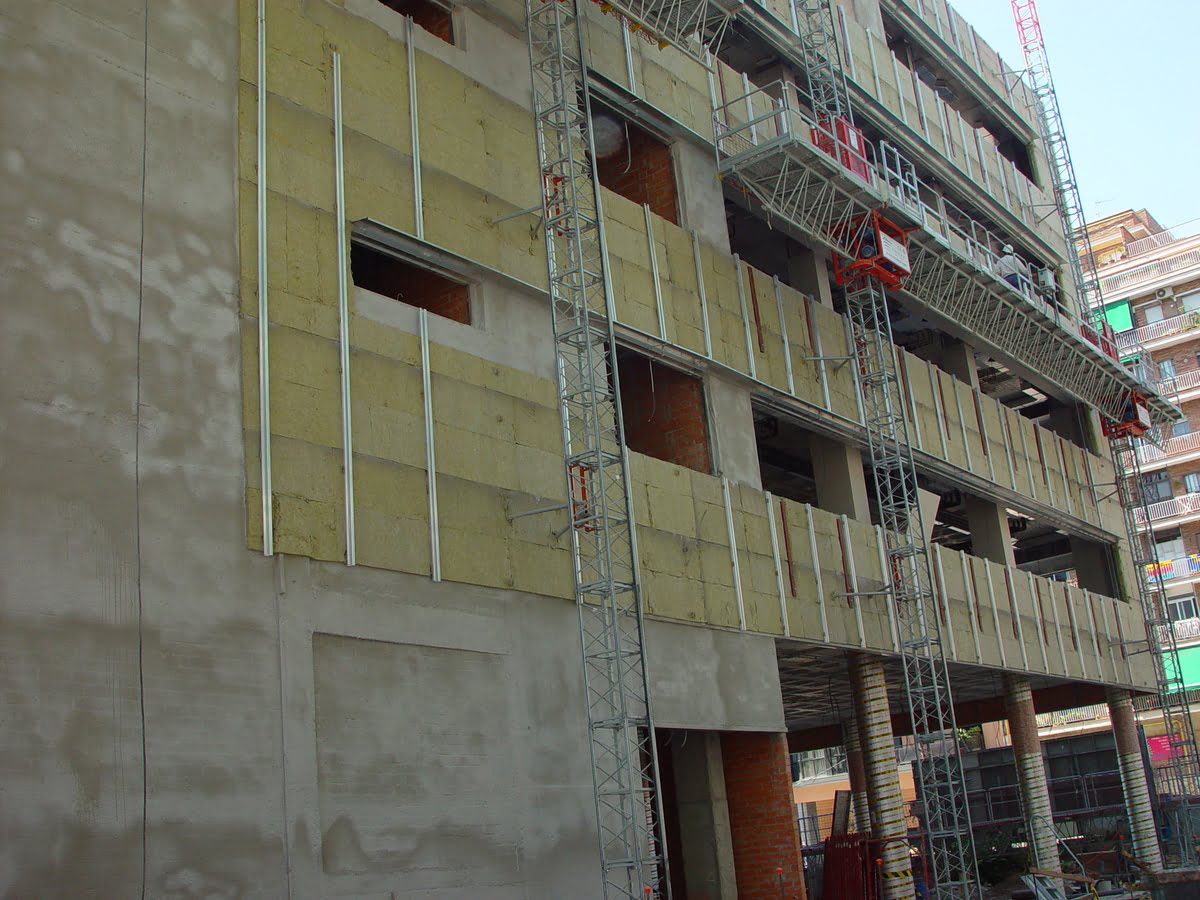


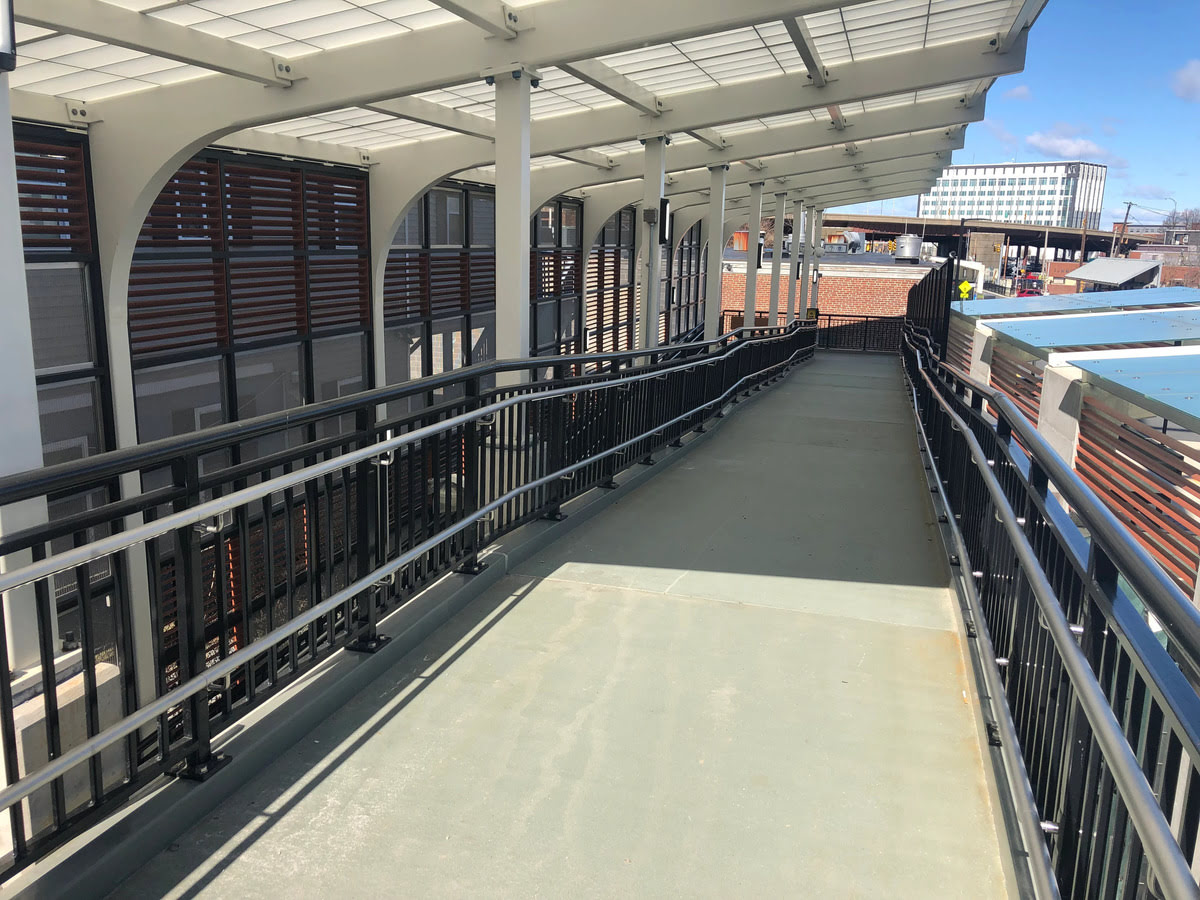


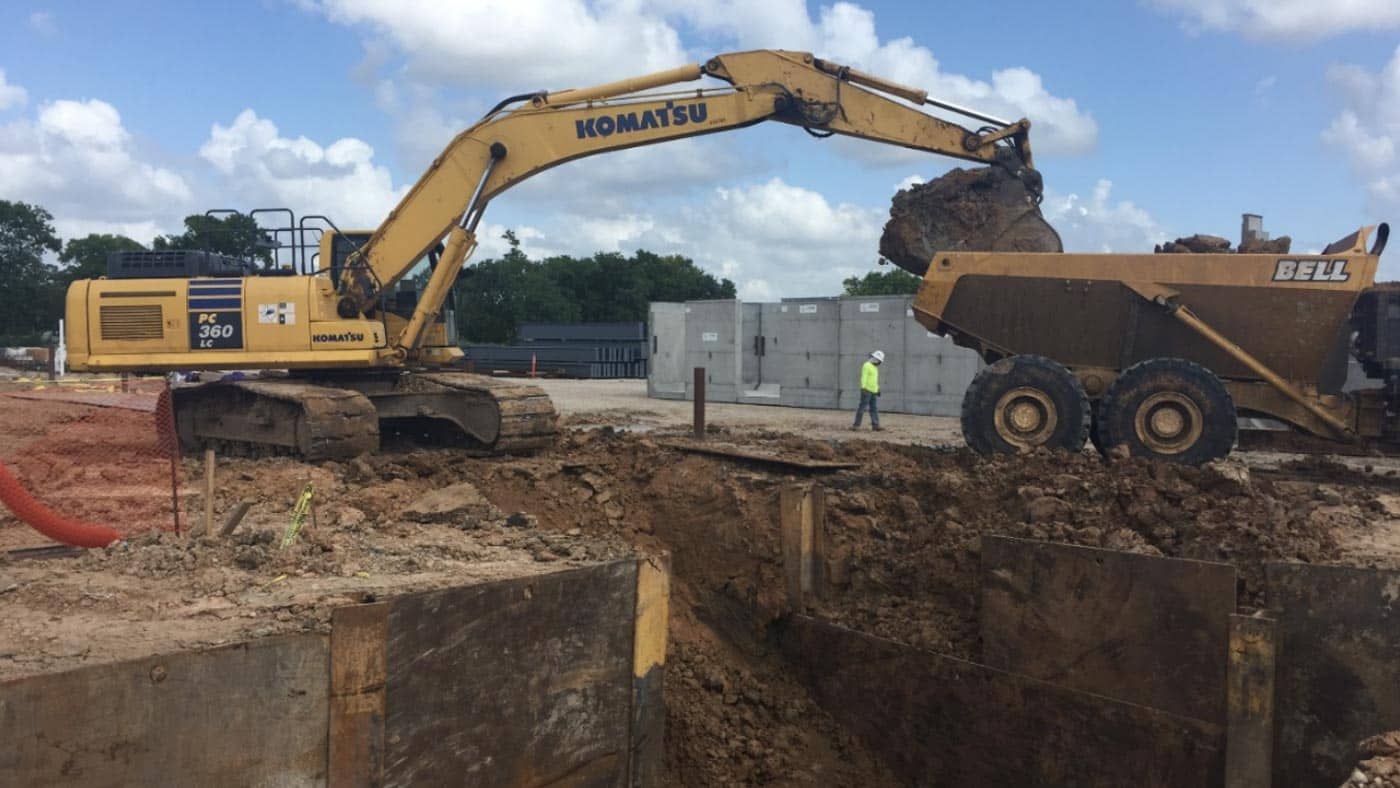


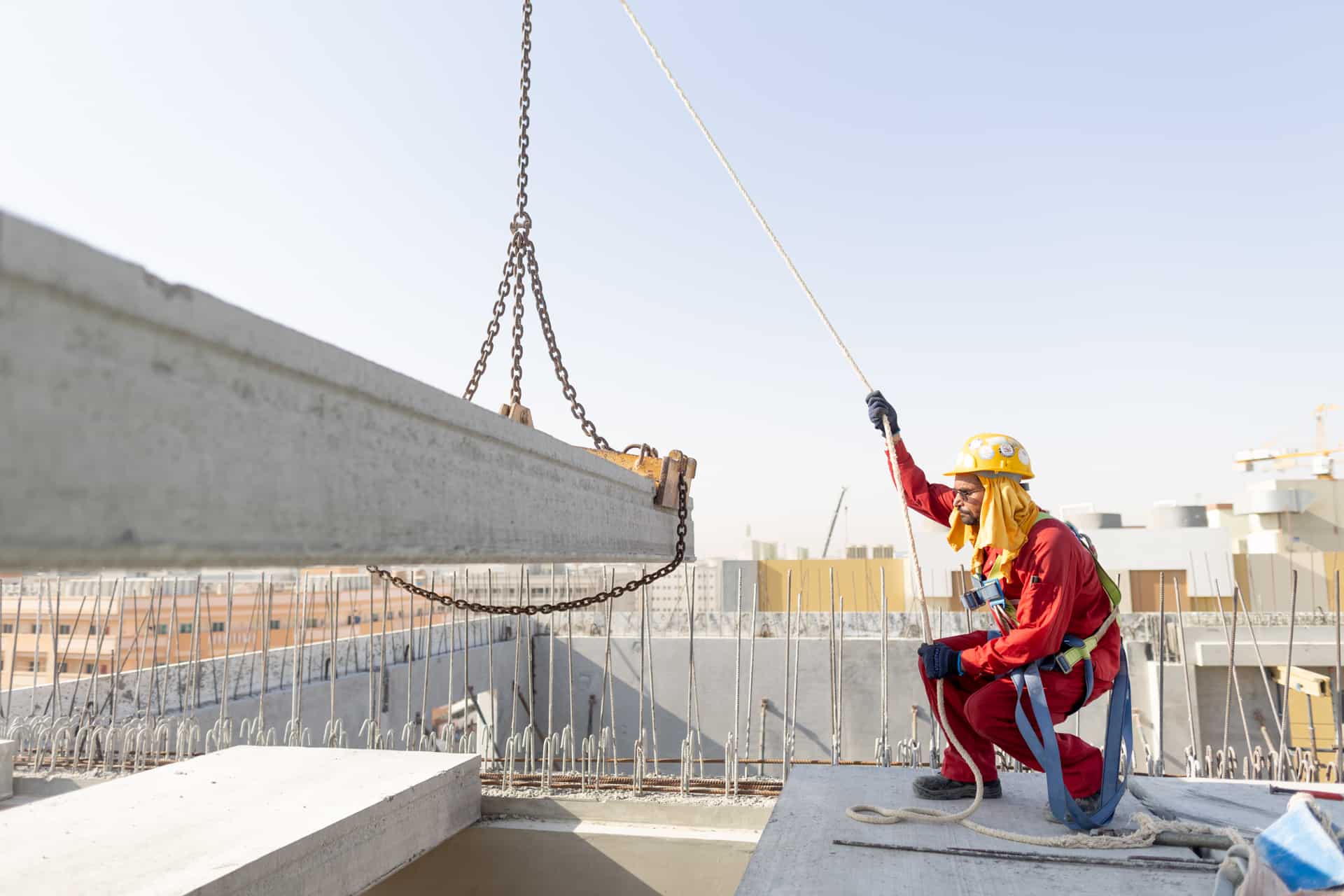
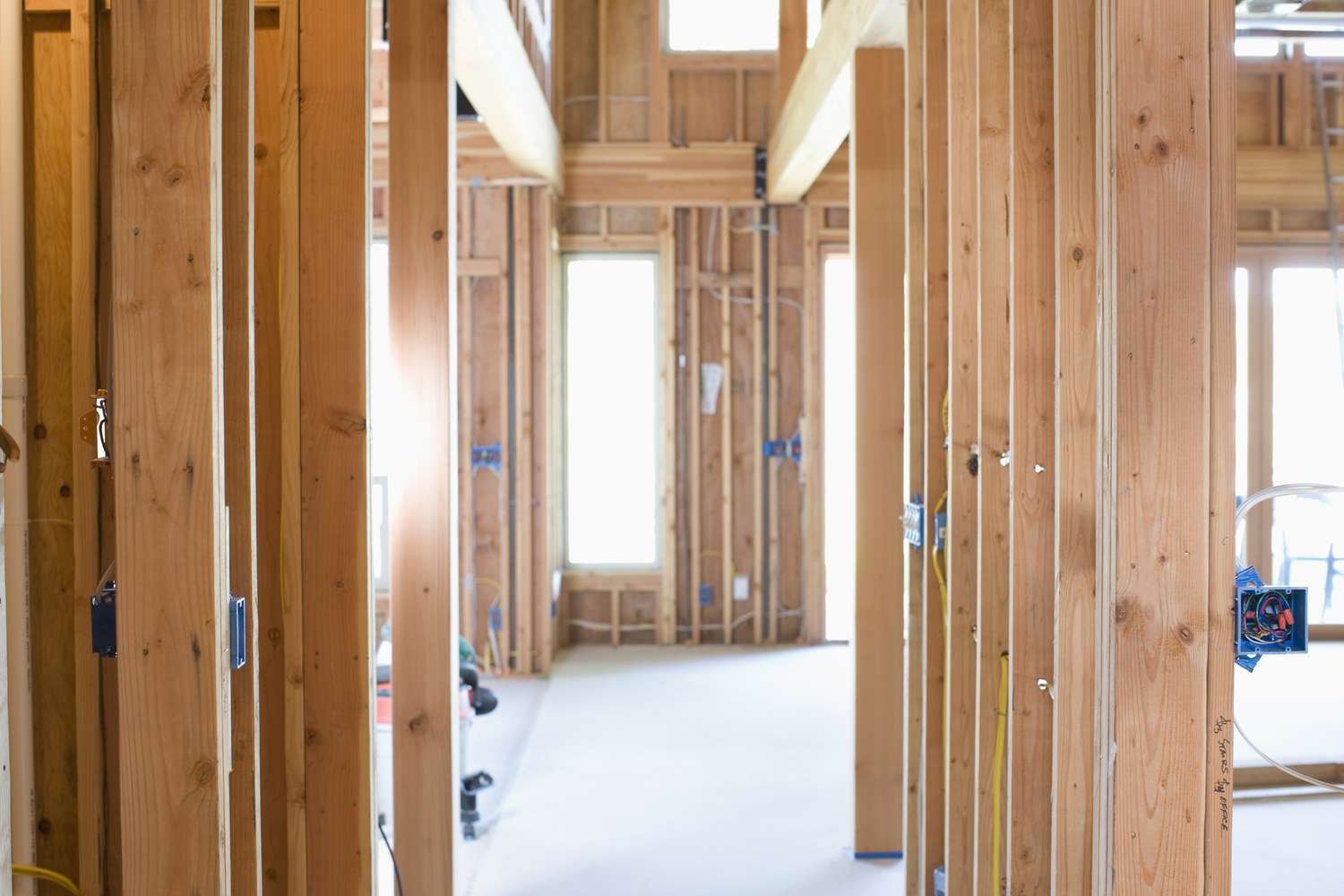

0 thoughts on “What Does CPM Mean In Construction”